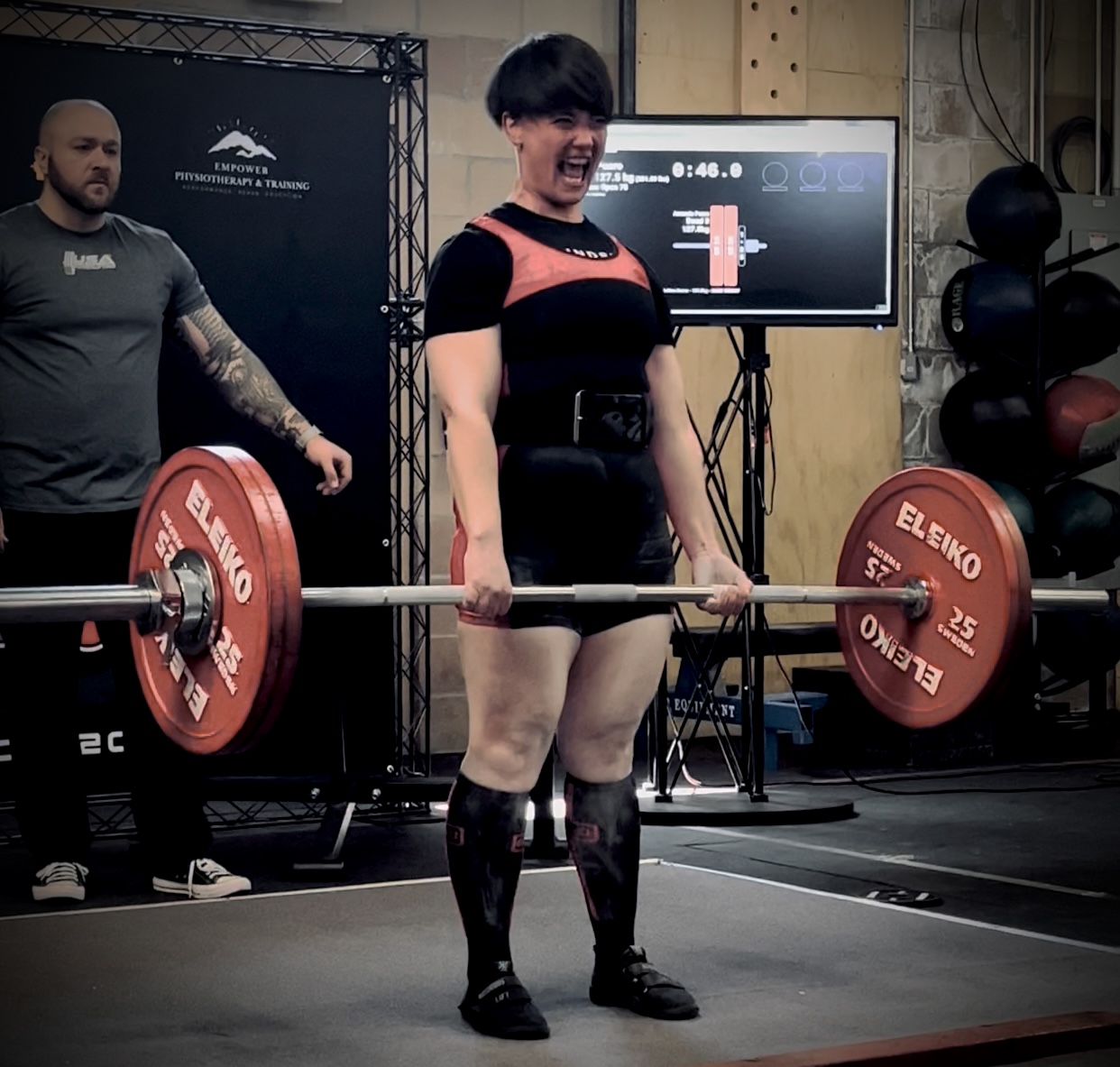Technical Failure vs. Mechanical Failure: When and Why
- Coach AP
- Jun 12, 2024
- 3 min read
Updated: Jun 14, 2024
When it comes to strength training, the concept of pushing your limits is essential for growth and progression. However, the way in which athletes push their limits can significantly affect their results and injury risk. Two common approaches are training to technical failure and training to mechanical failure. Understanding the difference between these methods, as well as the appropriate scenarios for each, can help athletes optimize their training and achieve their goals safely.
What is Technical Failure?
Training to technical failure refers to performing an exercise until you can no longer maintain proper form and technique. At this point, continuing the movement would result in compromised mechanics, which can increase the risk of injury and reduce the effectiveness of the exercise.
Key Characteristics of Training to Technical Failure:
1. Form Over Reps: The primary focus is on maintaining correct form throughout the exercise.
2. Risk Management: This approach reduces the risk of injury by avoiding compromised movements.
3. Effective for Beginners: Ideal for novice lifters who are still mastering the correct form and technique.
When to Use Training to Technical Failure:
- Skill Acquisition: When learning a new exercise, ensuring proper form is crucial. Training to technical failure helps embed the correct motor patterns.
- Injury Prevention: For athletes recovering from an injury or those with a history of injuries, prioritizing form can prevent re-injury.
- Accessory Work: During accessory exercises, where the goal is often to target specific muscles without overloading the body, maintaining form is more beneficial than pushing to absolute muscle fatigue.
What is Mechanical Failure?
Training to mechanical failure involves continuing an exercise until you cannot physically complete another repetition, even if the form deteriorates. This method pushes the muscles to their absolute limit, aiming for maximum fatigue.
Key Characteristics of Training to Mechanical Failure:
1. Maximal Effort: The focus is on completing as many reps as possible, regardless of form.
2. Greater Muscle Fatigue: This approach can lead to greater muscle breakdown, potentially leading to more significant muscle growth if managed correctly.
3. Increased Risk: Pushing to mechanical failure can increase the risk of injury due to compromised form.
When to Use Training to Mechanical Failure:
- Experienced Lifters: Advanced athletes with a solid understanding of their body mechanics and form can safely push to mechanical failure.
- Maximizing Hypertrophy: For bodybuilders aiming to maximize muscle size, mechanical failure can provide the necessary stimulus for growth.
- Controlled Environments: When using machines or isolation exercises where the risk of injury from compromised form is lower, mechanical failure can be more safely pursued.
Balancing Technical and Mechanical Failure in Training Programs:
A well-rounded training program often incorporates both methods, depending on the exercise and training phase. Here’s how athletes can balance the two:
1. Primary Lifts: For compound movements like squats, deadlifts, and bench presses, prioritize training to technical failure to maintain form and reduce injury risk. These lifts involve multiple muscle groups and joints, making form crucial.
2. Accessory Lifts: For isolation exercises or machine-based movements, incorporating mechanical failure can help target specific muscles more intensely without the same injury risk as compound lifts.
3. Periodization: During different phases of training, athletes might emphasize one method over the other. For example, during a hypertrophy phase, there might be a greater focus on mechanical failure, while a strength phase might prioritize technical failure to ensure form is perfect under heavy loads.
4. Individual Variation: Athletes should listen to their bodies and adjust their approach based on their experience level, injury history, and specific goals.
Both training to technical failure and training to mechanical failure have their place in a strength athlete’s regimen. By understanding the differences and appropriate applications of each, athletes can tailor their training to maximize effectiveness while minimizing the risk of injury. Balancing these methods within a well-structured program allows for continual progress and sustainable development in strength and muscle growth.


Comments